Regenerative Organic Certification: A Level Up
The Difference Between Regenerative Organic Certified and Other Labels
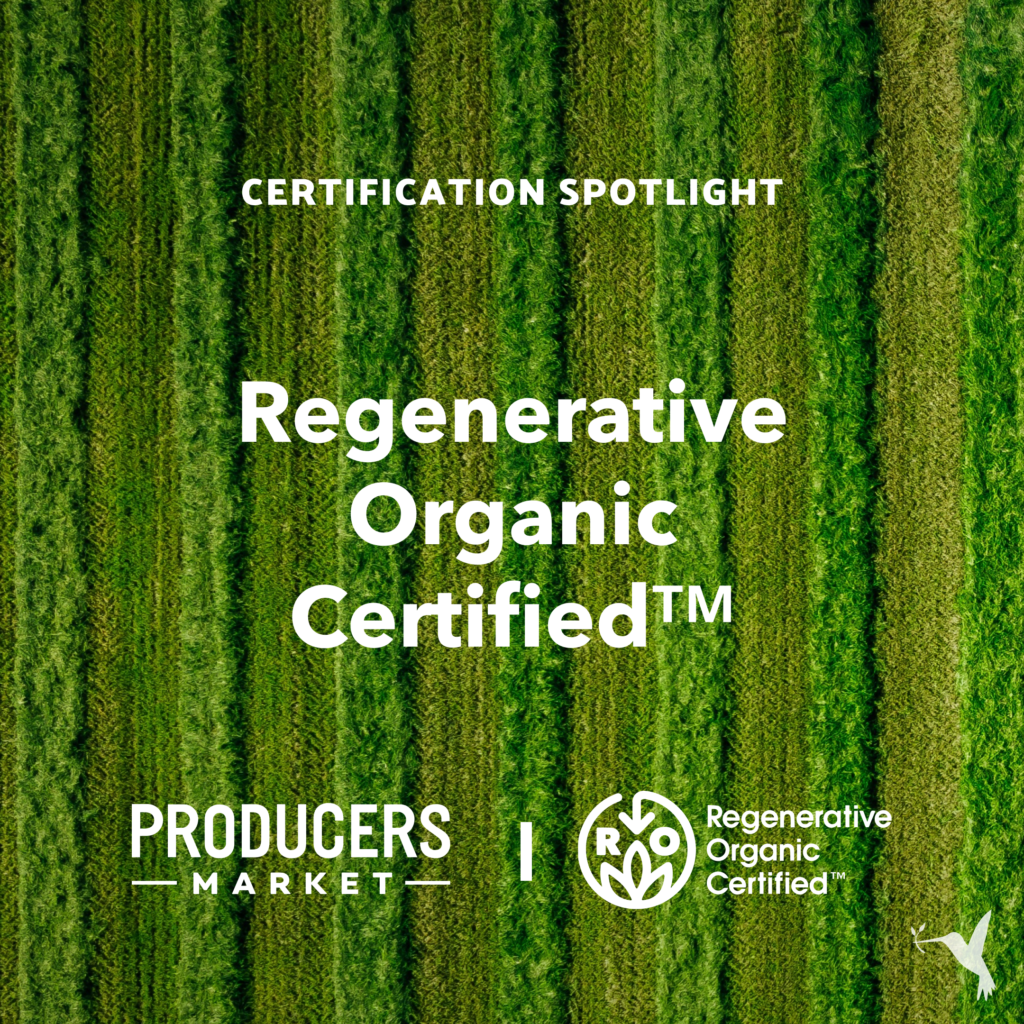
When you reach for those juicy organic fruits at your local supermarket, you can almost taste the healthy difference. In fact, many people claim that organic fruits and veggies do taste better. While this kind of subjective data may not be entirely proven, there are lots of reasons why people prefer to buy organic.
However, most consumers are also aware on some level that not all organic products are created equal, and that the evolution of the organic market has left us with some gaps and questions.
As humans, it often seems like we are all just doing the best we can. In our capitalistic system, some people do the best they can for themselves and their own profit, and some choose to do the best they can for their communities, the earth, and the other beings upon it. Being organic is no different. It can be a lucrative label to apply to a farm’s products that they can profit from. It can also be a way of life.
Regenerative Organic Certified: Ancient Wisdom and Modern Research

Where organic certifications show gaps, Regenerative Organic Certified (ROC) steps in to fill them. The goals of the ROC movement and certification program are to heal a broken system, repair a damaged planet, and empower farmers and eaters to create a better future through better farming. It is a level up from organic–a more holistic approach.
The processes are not new, and in fact, draw on ancient wisdom along with modern scientific research. The certification program, however, is relatively new. Regenerative Organic Certified was established in 2017 by a group of farmers, business leaders, and experts, who believe that by adopting regenerative organic practices on more farms around the world, we can create long-term solutions to some of the biggest issues of our time, including the climate crisis, factory farming, and fractured rural economies.
What regenerative agriculture means in practice is that farmers, and subsequently consumers, become part of the solution by working in harmony with nature, honoring the humans and animals involved in farming, and not just slowing climate change but working against it and the accumulation of greenhouse gases in the atmosphere.
The Three Pillars of Regenerative Agriculture
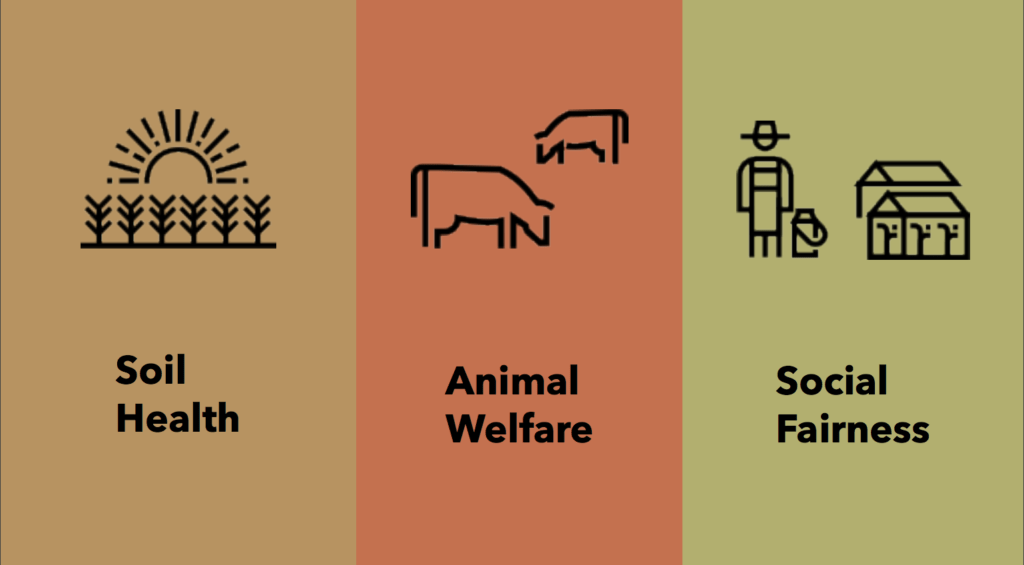
The ROC process offers a holistic approach to farming that values soil health, animal welfare and fairness for workers, making each of these a pillar in the process. Connecting and being certified in each of these three pillars creates one all-encompassing certification. The broad goals are to increase the organic matter in soil and sequester carbon below and above ground; to improve the lives of animals; and to provide economic stability and fairness for farm workers and owners.
There are specific, measurable goals within each pillar as well. With regards to soil health, an operation must use practices such as conservation tillage, crop rotation, cover crops, no synthetic input, and rotational grazing. Animals should live in freedom: free from distress, fear, and hunger; free to behave normally; and pasture-raised with suitable shelter. The social fairness pillar embraces capacity-building, fair payment, good working conditions, no forced labor, and transparency and accountability.
The Regenerative Organic Certification Process


To be eligible to apply for ROC, an operation must first hold certifications within each pillar. Here is where it gets a bit more complex than just being USDA Organic.
For example, in the first pillar of soil health, an operation must be USDA certified organic or have another recognized international standard. Organic is the baseline for ROC. Additionally, a farm must have certifications within the pillars of animal welfare and social fairness. There are several certifications within these two pillars that can qualify as required baseline certifications. There are also a number of recognized certifications that an operation can hold to satisfy additional ROC criteria.
It may sound like an extensive process, but the ROA designed it so as to avoid duplicative criteria and burdensome paperwork. The process builds on existing certifications and recognizes the strong work already in place by animal welfare and social fairness standard bodies.
Alexandre Family Farm in California is the nation’s first certified Regenerative Farm. They earned their certification after participating in a pilot program offered by Regenerative Organic Alliance. The program helped the farm define their business and farming model. It also deepened their understanding of the science behind regenerative agriculture. For example, they say the real art of their work is in managing the grass height. They allow it to grow tall so it builds roots and then graze it appropriately. This is how the carbon gets into the soil.
Regenerative Agriculture for a Healthier Earth
Certified organic focuses on soil and crops, and ROC expands to the humans and animals involved in processing as well. To create a better world, we can’t just fix broken parts, we have to reevaluate our entire systems and the limiting worldviews that created them.
As we learn more about our earth and what it means to be human upon it, we must continue to level up. We must do our best, not just for our own profit, but for the earth and our communities. It’s time that we learn not just to live lightly on the earth, but to make the earth better with our living. We must continue to adapt and evolve in healthy ways.
When the Regenerative Organic Certification becomes as widely chosen as organic has, we all–humans, animals, plants, and earth–stand to gain.
Follow the link to discover our ROC producer, Sol Simple:

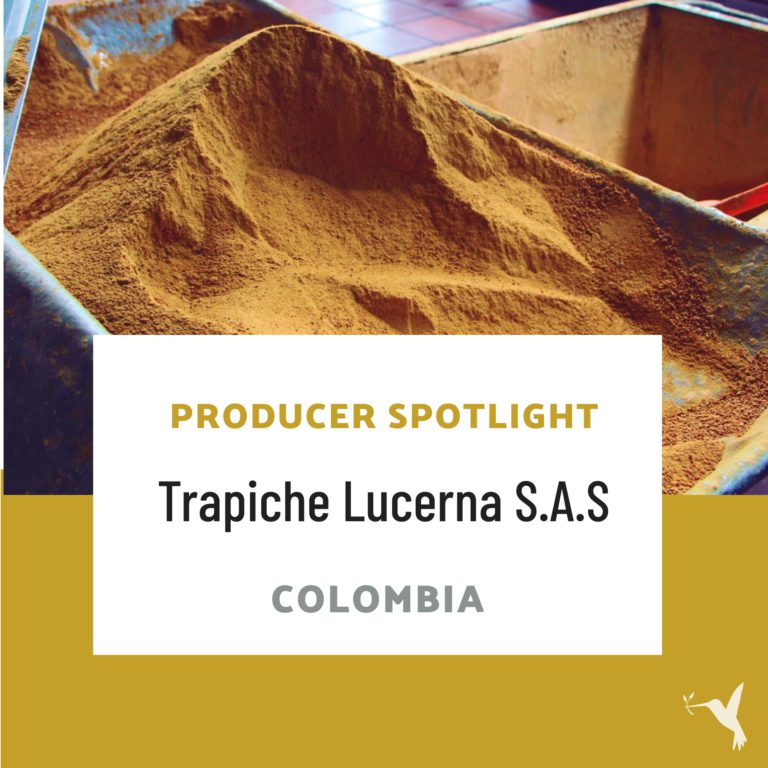
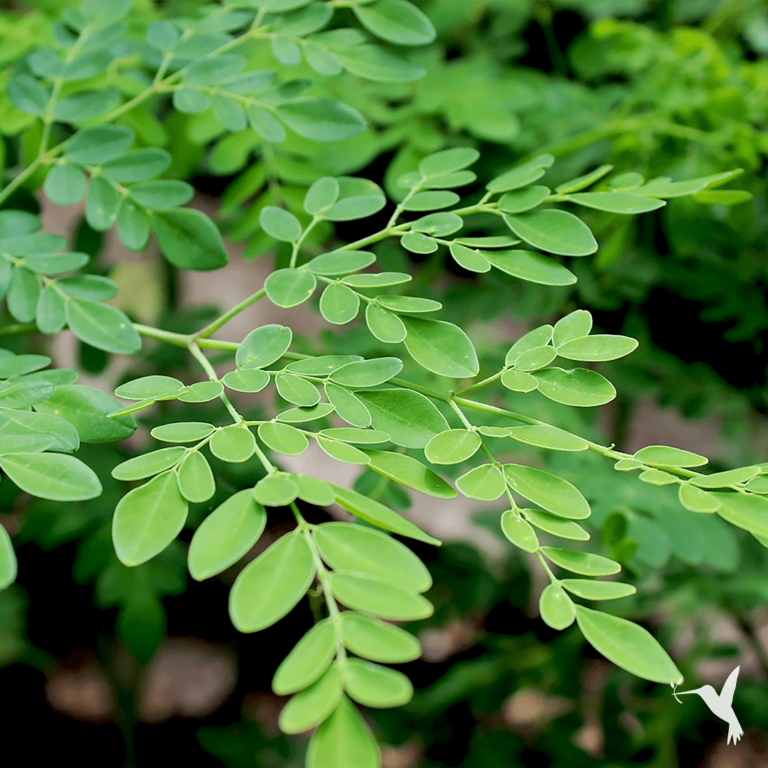
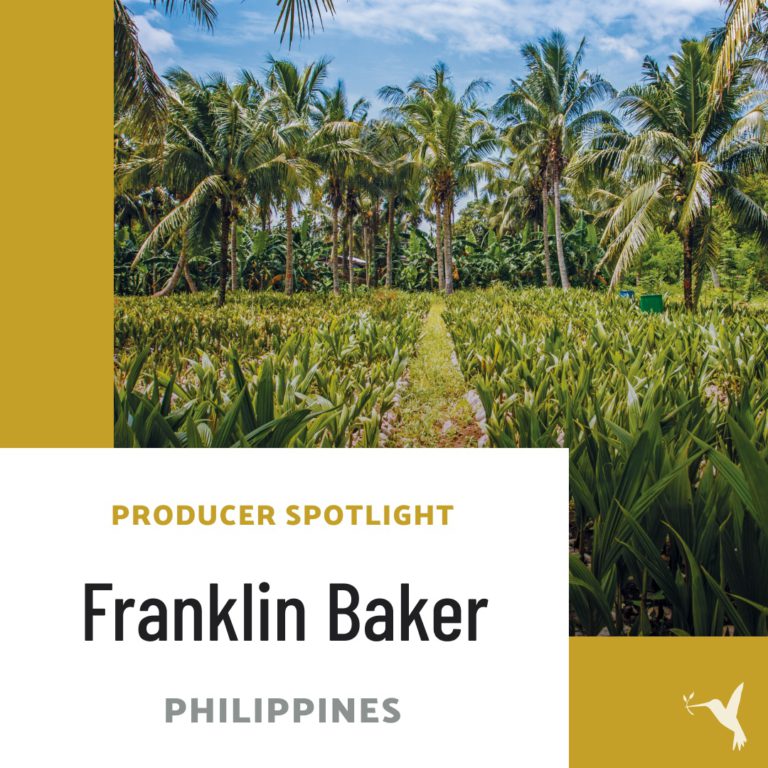
4 comments
I want to get involve in india
If I read my organic certification standards and compare this to Regenerative Organic Certified, I discover that they are pretty much the same! ROC is, however, idealistic!!! Soil health, animal welfare…the part missing is human greed! If Regenerative Agriculture thinks for one minute that they can fix that, they need to sit down and evalute their own great big foot print on this earth!
PS – 50 years ago a LOT of farms were small and had 60 % of their acreages covered with grasses to feed livestock. Now the seed companies (and the chemical companies, aha) are planning to get rich because gullible farmers – for the greater ( communist) good! – will be planting cover crops… Lets take a closer look. The wheat comes off; oats no -tilled in; a wet fall, so the oats grow beautifully; take off oatlage and compact the wet soil with heavy machinery, oopsy daisy, never thought of compaction; come the fall – plow. What have you really gained?
Hi Robert. Thanks for your comment. Yes, of course, many solutions are idealistic. That’s kind of the point, right?! At Producers Market, some of our biggest goals and values are to promote transparency within the supply chain and share meaningful information. I definitely understand your criticisms. Do you have any ideas about solutions that work better than regenerative agriculture? We would love to hear them!
Hello Amy,
I’m simply stating that a system is in place. The organic standards have it all there. In my opinion, it is redundancy to recreate a new name for the same program. I repeat – why do we need a two tiered organic system? The organic system already in place cannot regulate and monitor adequately – and here we go back to the human greed element vs. operating from the heart. Don’t even think for a minute that you can improve the human factor of greed!!!
The cover crop solution was there 50 years ago! Farms were diversified and that was called mixed farming. The grain bins were really small – the farms were 60% grasses. “Regenerative agriculture” of today is “seed business on wheels!” In the old days you planted a grass mixture of timothy alfalfa broam and pastured it for 3-5 years. Hay was removed out, manure brought back in, yes, but with light machinery or horses; and, also, cows were pastured ; they tramped half the hay back into the soil.